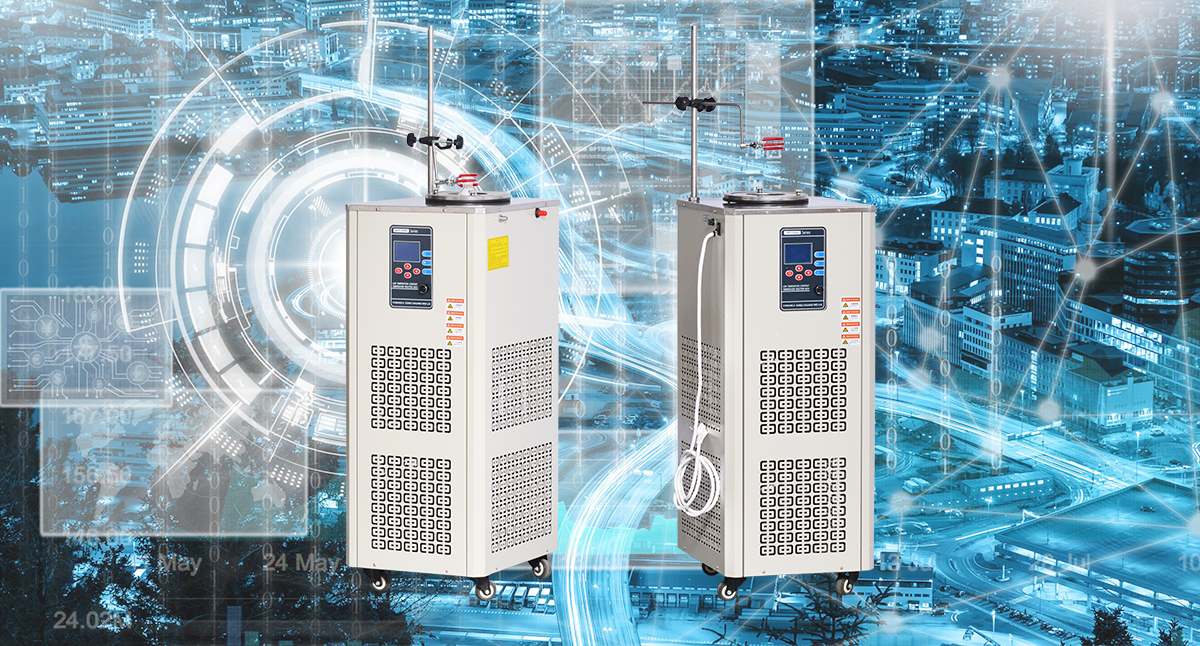Thermostatic water bath is a laboratory equipment with heating and cooling functions. Its main feature is constant temperature. It is the preferred product for constant temperature experiments. A magnetic stirring device is installed inside the thermostatic water bath, so it is also called a magnetic stirring reaction bath, which can make the experimental materials and the medium in the bath rotate together, so that the temperature distribution can be more uniform, so as to improve the accuracy of the experiment.

The refrigeration function of the thermostatic water bath is realized by the air-cooled compressor, so the state of the compressor has a direct impact on the refrigeration performance of the equipment. Sometimes we find that the cooling efficiency of the equipment is slow, or it was still in normal use the day before, or it would not be cooled today. This is because there is a problem with the compressor. Today, we will take stock of the reasons for the compressor not cooling or cooling slowly.
1、 Uncooled
1. The compressor of the thermostatic water bath compressor manufactured by Linbel Instrument has the protection function of delaying start-up of 4 minutes. If a new customer finds that the compressor does not work after getting the equipment and starting it, this is a normal phenomenon. Please do not worry.
2. Check whether the compressor starts normally and whether the fan of the compressor starts normally during operation.
3. The ambient temperature is too high, and the temperature of circulating liquid is too high.
4. The circuit is short circuited and the AC contactor is damaged, which shows that the compressor is closed at the moment of startup.
5. The capacitor is damaged.
2、 Slow cooling
1. The condenser has not been cleaned for a long time, and too much dirt will affect the heat dissipation of the compressor.
2. Compressor overload caused by high ambient temperature.
3. Lack of fluorine, the compressor pipeline is damaged or broken, resulting in fluorine leakage.